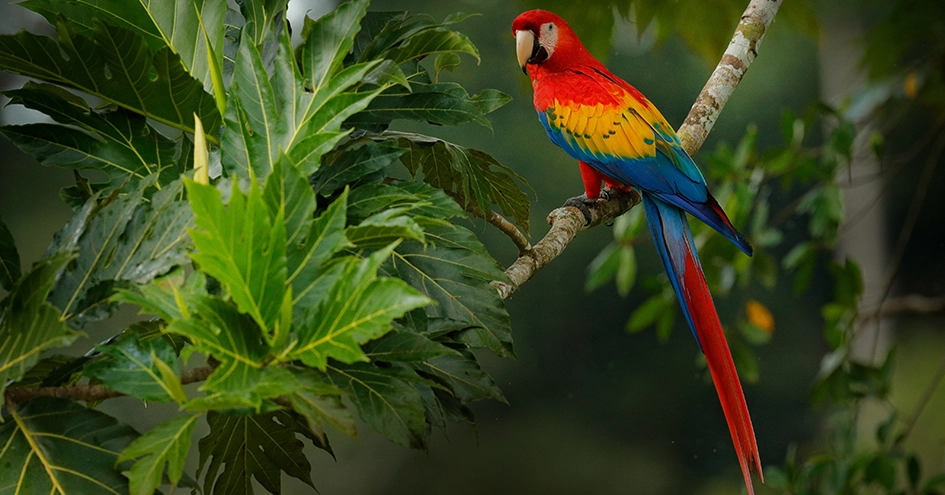As experts in the sale of perishable products such as meat, fish, fruit and vegetables, we know how we impact and depend on biodiversity, in particular the variety of species that make up our offer, and on ecosystem services, such as pollination and the carbon cycle. Promoting the preservation and restoration of biodiversity helps ensure the resilience and sustainability of the production and distribution of the food we offer in our assortments. These are also the objectives of the Kunming-Montreal Global Biodiversity Framework, established during the UN Biodiversity Conference (COP 15).

To this end, we assess risks related to ecosystem services in accordance with the Ecosystem Services Review methodology proposed by the World Research Institute. It is based on this approach that we defined 11 priority action areas (e.g. agricultural crops, pollination, animal production, fish caught and aquaculture), based on the dependencies and impacts on ecosystem services of the activities of our Companies and their value chains. By 2026, and to enhance this assessment, our goal is to identify and quantify the financial effects of the impacts, risks and opportunities associated with biodiversity and with ecosystems.
Based on the results, we defined a set of actions covering the value chain of our perishables and Private Brand products:
- upstream, in collaboration with our suppliers;
- in own operations and downstream, by providing support for ecosystem conservation and restoration projects and raising employee and customer awareness of these topics.
Noteworthy initiatives include fighting deforestation, the Sustainable Fishing Strategy, animal welfare practices, and support provided for biodiversity protection and ecosystem regeneration projects.
These biodiversity commitments are also reflected in our 2024-2026 targets. For more information, see “Sustainability commitments”.
